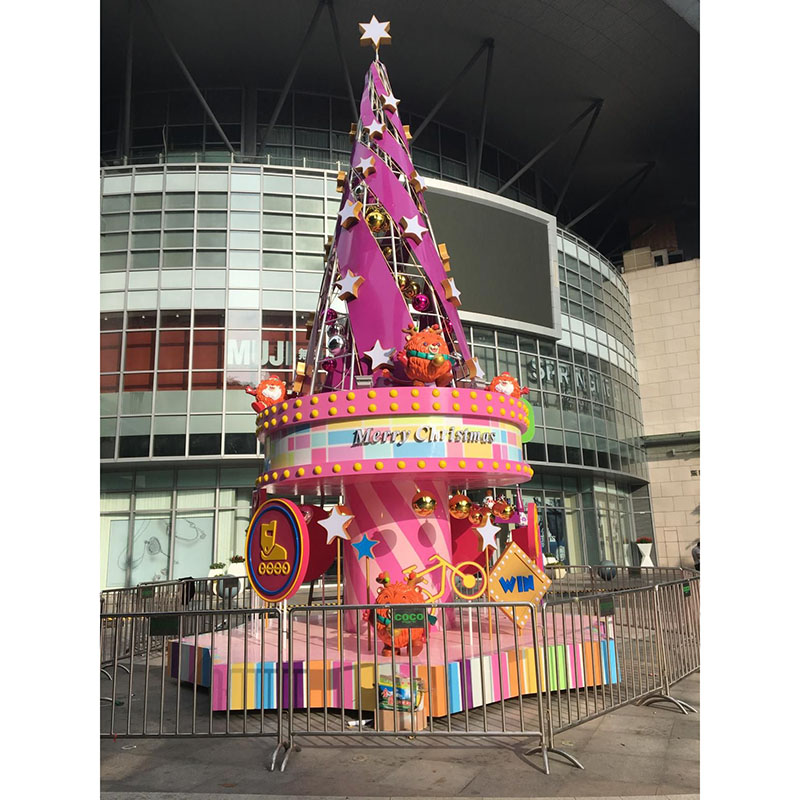Transforming Spaces: The Impact of Commercial Installation Art
2025-06-05
In today’s competitive business world, creating memorable and engaging environments is more important than ever. One powerful way companies achieve this is through commercial installation art — large-scale, site-specific artworks designed to transform commercial spaces and captivate audiences.

This blog explores what commercial installation art is, why it matters, and how it can elevate your brand and space.
What Is Commercial Installation Art?
Commercial installation art refers to artistic works created and installed within commercial settings such as offices, hotels, retail stores, restaurants, airports, and public spaces. Unlike traditional paintings or sculptures, installation art interacts with the physical environment, often designed to engage viewers spatially and emotionally.
These installations can incorporate various media — from metal, glass, and wood to lighting, video, and sound — to create immersive experiences that reflect a company’s identity and values.
Why Invest in Commercial Installation Art?
Brand Identity & Storytelling
Installation art visually conveys your brand’s mission, culture, and vision. It creates a unique narrative that resonates with customers, clients, and employees.
Enhanced Customer Experience
Eye-catching art installations attract attention, encourage social media sharing, and make your space memorable.
Employee Inspiration & Well-being
Thoughtfully designed art can foster creativity, reduce stress, and improve workplace satisfaction.
Differentiation in Competitive Markets
Unique art sets your business apart, turning spaces into destinations.
Versatility & Customization
Installations can be tailored to suit your space’s architecture, lighting, and functional needs.
Popular Types of Commercial Installation Art
1. Sculptural Installations
Large three-dimensional artworks that serve as focal points.
2. Light and Projection Art
Dynamic lighting or video projections that create ambiance and storytelling.
3. Interactive Installations
Engaging artworks that respond to movement or touch.
4. Environmental and Site-Specific Works
Art that integrates natural or architectural elements uniquely.
5. Mixed Media Installations
Combining materials and technologies for multi-sensory experiences.
Tips for Successful Commercial Installation Art Projects
Collaborate with Experienced Artists and Designers
Partner with professionals who understand commercial environments and brand goals.
Consider Space and Functionality
Ensure art enhances rather than obstructs the flow and utility of your space.
Plan for Durability and Maintenance
Choose materials suited for high-traffic areas and easy upkeep.
Involve Stakeholders
Gather input from employees, clients, and community to create meaningful work.
Use Art to Tell Your Story
Align installation themes with your brand values and history.
Inspiring Examples
A hotel lobby featuring a suspended kinetic sculpture that mimics ocean waves, setting a calming tone.
A tech company’s office wall transformed with interactive LED panels that display employee achievements.
A retail flagship store showcasing a dramatic light installation that changes with the seasons.
Final Thoughts
Commercial installation art is more than decoration — it’s a strategic tool that transforms spaces into inspiring environments. Whether you want to boost brand awareness, enrich customer experience, or create an engaging workplace, investing in installation art can deliver long-lasting impact.


